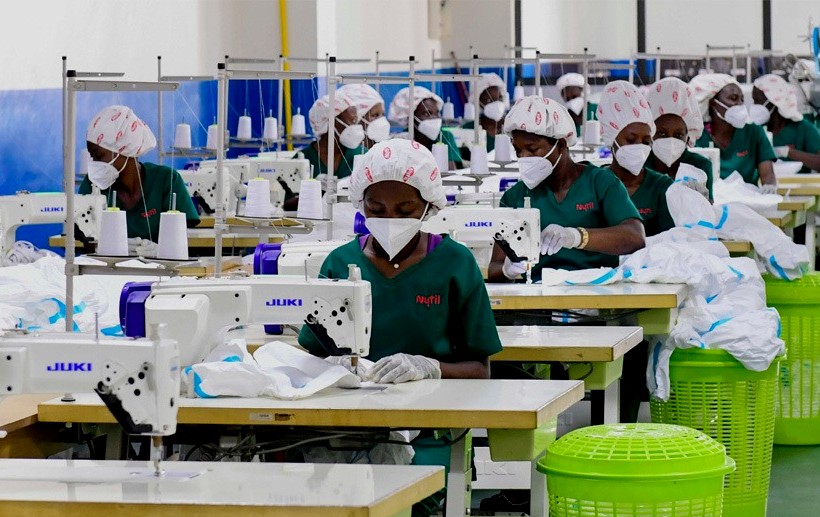Private sector remains upbeat as output rises during March
 Central to the latest strengthening of business conditions were continued improvements in output and new orders, both of which increased for the eighth month running in March.
Central to the latest strengthening of business conditions were continued improvements in output and new orders, both of which increased for the eighth month running in March.
Strengthening customer demand supported ongoing improvements in business conditions in the Ugandan private sector at the end of the first quarter of the year, according to the latest Stanbic Purchase Managers Index.
To some extent, demand was supported by the offering of discounts to customers. Despite increases in output and new orders, companies recorded a drop in employment for the second month running.
The headline figure derived from the survey is the purchasing managers’ index (PMI). Readings above 50.0 signal an improvement in business conditions on the previous month, while readings below 50.0 show a deterioration. The headline PMI rose to 53.2 in March, from 51.2 in February, and was above the series average of 52.4.
Mulalo Madula, Economist at Standard Bank said, “Uganda posted its eighth straight month of output growth as domestic demand remained strong as some firms offered competitive pricing to attract customers. In fact, a decrease in selling prices was noted despite input costs continuing to increase for the 20th consecutive month.”
Madula added that this was met by increased purchasing activity and longer lead times due to higher costs and heavy rains affecting transportation. While increased workloads have encouraged some firms to increase employment, overall employment has declined as workers resigned to seek other opportunities elsewhere.
Operating conditions have now improved in each of the past five months. Central to the latest strengthening of business conditions were continued improvements in output and new orders, both of which increased for the eighth month running in March.
Panelists reported increased customer numbers amid improving demand and stable economic conditions. Business activity rose across each of the agriculture, construction, industry, services and wholesale & retail sectors.
A further boost to demand was provided through priced is counting by companies as output charges were reduced for the first time in just over a year-and-a-half. The drop in selling prices was recorded in spite of a further increase in input costs. Overall input prices rose for the twentieth month in a row, on the back of higher purchase costs, plus increased prices for utilities and construction materials.
Meanwhile, staff costs were unchanged in March, thereby ending a six-month sequence of inflation. The lack of upwards pressure on pay was consistent with a second successive monthly reduction in staffing levels in the private sector. While some companies increased employment in response to greater new orders, others noted a fall as workers resigned in search of opportunities elsewhere.
Despite some pressure on capacity as a result of the rise in new business, backlogs of work continued to fall at the end of the first quarter. Companies increased their purchasing activity for the fifth month in a row, with higher input buying feeding through to an accumulation of stocks of purchases.
Suppliers’ delivery times lengthened for the second month running, with delays linked to higher costs and heavy rains causing transportation problems. Going forward, companies remained optimistic that output will continue to rise over the coming 12 months, with confidence supported by predictions of ongoing improvements in customer demand.

 African Heads of state head to South Korea next week for Summit talks
African Heads of state head to South Korea next week for Summit talks
 Trading leads as main source of income for Ugandans
Trading leads as main source of income for Ugandans
 New leadership for bankers’ umbrella as total assets top $12 billion
New leadership for bankers’ umbrella as total assets top $12 billion
 Brussels Airlines to announce Nairobi service
Brussels Airlines to announce Nairobi service
 SITA promises enhanced travel experience after Materna acquisition
SITA promises enhanced travel experience after Materna acquisition
 Saudia’s 105 aircraft order stretches A320neo lead over rival Max
Saudia’s 105 aircraft order stretches A320neo lead over rival Max
